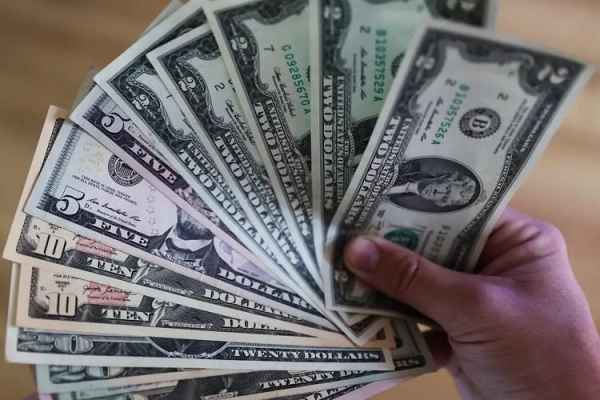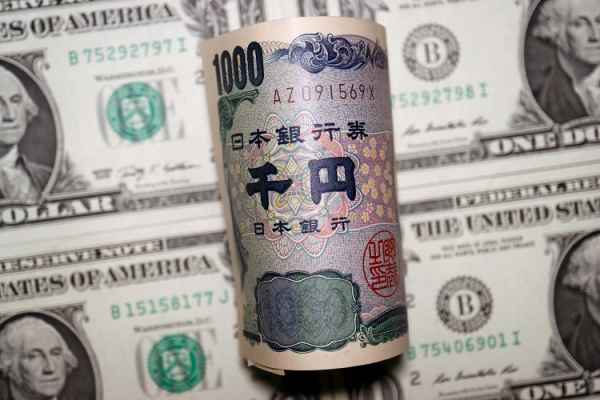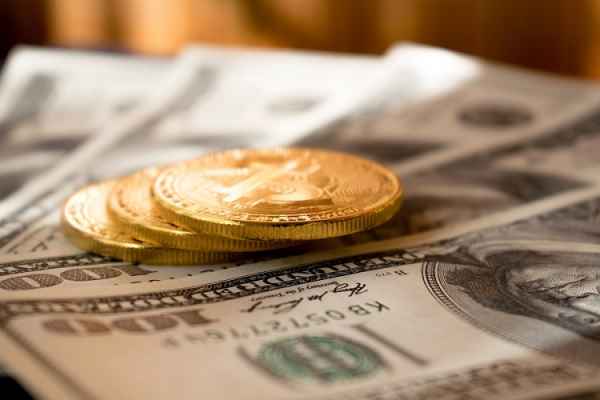Out of 116 economists, 75 predict that the Federal Reserve's interest rates will remain current until 2023.
The US dollar outperformed other major currencies in Wednesday's (May 17th) trading, with the Dixie reaching its highest level in six weeks. Two key factors played a significant role. First, there was an increase in buying interest for safe-haven assets amid ongoing US debt ceiling negotiations. Second, the hawkish bias strengthened due to recent statements from several Federal Reserve officials.
 DXY Daily chart via TradingView
DXY Daily chart via TradingView
The latest FOMC meeting indicated the Federal Reserve's intention to pause the cycle of interest rate hikes, which had been ongoing ten consecutive times. As a result, some market participants predict that the Federal Reserve will maintain interest rates for several months before cutting them at the end of the year. Speculation about rate cuts was prevalent for a while but has diminished due to the continued hawkish stance of Federal Reserve officials.
In unison, four top Federal Reserve officials stated earlier this week that they expect inflation to remain high and that the economy shows only tentative signs of weakness. Therefore, they believe that interest rates must be maintained high. Chicago Fed President Austan D Goolsbee stated it is "too early to discuss rate cuts."
Cleveland Fed President Loretta Mester even suggested that interest rates may need to be raised further. She assessed that the US labor market remains tight, and there is insufficient evidence of a significant decline in inflation.
According to a Reuters survey conducted from May 11-16, 75 out of 116 respondents predicted that the Federal Reserve would keep interest rates at their current level until the end of 2023. Fourteen respondents believed interest rates could increase again this year, with three predicting one rate hike and one cut before year-end. Only 30 respondents believed that the rate hike cycle had ended and that the Federal Reserve would cut interest rates by at least 25 basis points.
"Put simply, inflation is more than double the Fed's target rate and the unemployment rate is below every FOMC participant's estimate of the natural rate. These facts alone suggest the Fed's bias would be to hike rather than cut," said Michael Gapen chief U.S. economist at Bank of America. "In our view, rather than lean against a mild recession, the Fed would view it as an acceptable price for bringing inflation back down to target."
The Reuters survey also revealed that out of 41 respondents, 22 believed there is a greater risk of default in the current US debt ceiling negotiations compared to previous years. Sixteen respondents considered the risk the same, while only three respondents believed that the risk of default was lower than before. The increased concerns about the risk of default can negatively affect the macroeconomy and lead to higher US Treasury yields in the coming weeks.

 Dedicated FREE FOREX VPS
Dedicated FREE FOREX VPS Free FOREX Virtual Private Server
Free FOREX Virtual Private Server MT4 Demo Contest, Get $500
MT4 Demo Contest, Get $500 Sign Up for an Account, Claim 60% Deposit Bonus
Sign Up for an Account, Claim 60% Deposit Bonus Free MT4/MT5 VPS 2024
Free MT4/MT5 VPS 2024 Send E-mail and Get Free Merchandise
Send E-mail and Get Free Merchandise $1K Refer a Friend Bonus for Pepperstone Pro clients
$1K Refer a Friend Bonus for Pepperstone Pro clients Maximize Your Earnings with 100% Deposit bonus
Maximize Your Earnings with 100% Deposit bonus Trade to Win, $5,000 Monthly Demo Contest
Trade to Win, $5,000 Monthly Demo Contest Claim 30% + 15% Deposit Bonus from LiteFinance
Claim 30% + 15% Deposit Bonus from LiteFinance






